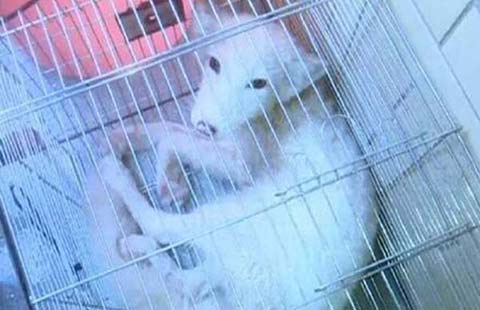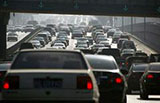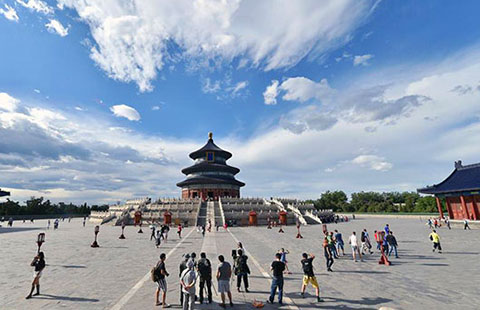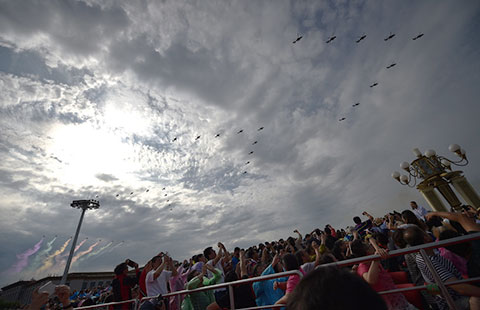Military sends chemical specialists to blast site, death toll rises to 50
(chinadaily.com.cn/Xinhua) Updated: 2015-08-13 19:05
 |
|
Photo taken on Aug 13, 2015 shows destroyed vehicles at a square of factory near the explosive site in Binhai New Area of Tianjin, North China. [Photo/Xinhua] |
[On-site situation]
Thousands of new cars have been destroyed in a park 200 meters south of the explosion. The site is covered with heavy smoke and there is a pungent smell. People would feel uncomfortable within a minute if exposed to the air. Heavy black metal-like bricks have been found near the center of the explosion.
Firefighters are moving corpses to a mortuary at Taida Hospital. Everyone is equipped with a fire extinguisher to put out any naked light.
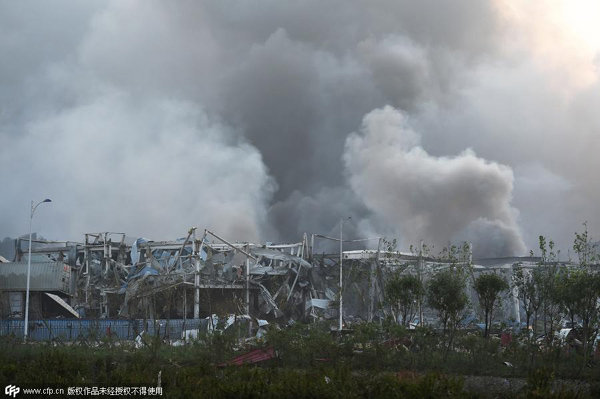 |
|
Smoke billows from the site of an explosion in Tianjin, August 13, 2015. [Photo/CFP] |
[Explosion impact]
Supercomputer Tianhe-1 has been suspended. The National Supercomputing Center in Tianjin, several kilometers from the explosion site, has been damaged by blasts and although Tianhe-1 appeared to be operating correctly it has been manually paused due to safety concerns.
As of 11 am Thursday, the air quality remained normal in the region near the warehouse, the city's environmental bureau said.
The city immediately began to monitor the air and water quality hours after the blasts, setting 34 temporary monitoring stations for air and five for water.
So far, the water discharge port to the sea has been closed, and the water is being tested.
At 5:30 am, the concentration of toluene, widely used as an industrial feedstock and as a solvent, reached 3.7 milligrams per cubic meter in the air, higher than the national standard of 2.4 milligrams per cubic meter As of 11 am, all harmful gas indicators fell back to the normal range.
- Two foreigners describe the Tianjin explosions
- Tianjin Open shoots for the stars
- Tianjin detects harmful air pollutants, Beijing stays clear
- Tianjin blasts turn vehicles into ash
- Cars damaged in Tianjin blast
- Air quality worsens after explosion in Tianjin
- Chinese leaders urge all-out efforts to save injured in Tianjin blasts
- Delegation salutes Tibet anniversary
- Officials are told to act as anti-graft watchdogs
- Great Wall safeguarded in united action
- Vice minister pledges more efforts to improve air quality
- Beijing’s efforts to control air pollution start to pay off
- China's military committed to reform
- Netizens rip singer over baby photos
- Central govt's growing support for Tibet
- Monument to be built on Tianjin blast site
- China and Russia seal raft of energy deals
